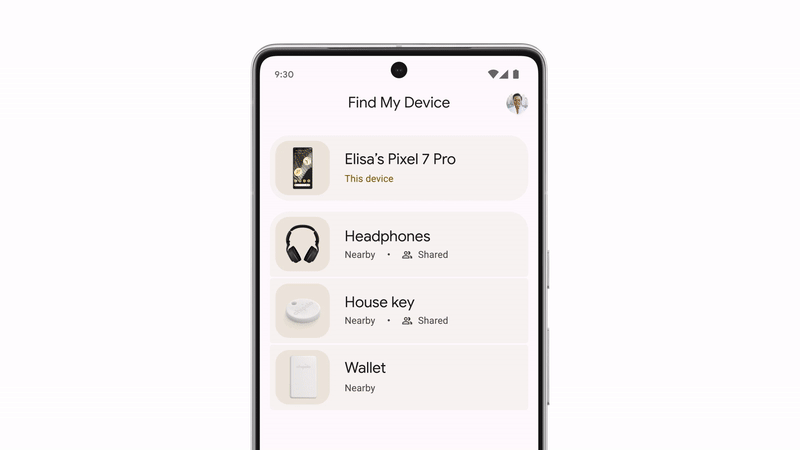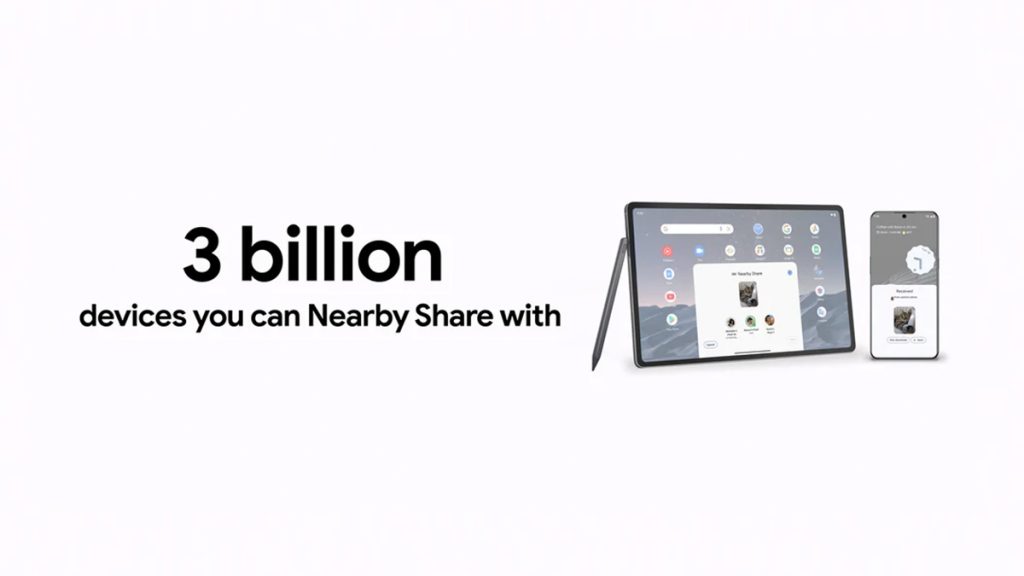It’s Google I/O time, and while most of the headlines will understandably be on their hardware such as the Pixel Fold, it’s also the place where Google shares the latest developments in Android. There’s a host of new stuff this year, ranging from safety improvements and a new Find My Device coming soon. That being said, perhaps the most important improvement to Android Google is making is to ensure apps on devices with atypical display sizes work better than right now.
Screen optimisation across the board

Perhaps the most important feature Google is making to Android is screen optimisation for tablets and foldables, seeing as Google themselves have now launched the Pixel Fold and Pixel Tablet. According to Google, they’ve revamps and redesigned over 50 of their own Google apps for tablets and foldables, including Gmail, Photos and Meet. They’ve also ensured that other popular apps such as games, music and video streaming platforms look good on large screen devices too.
Screen optimization is a major key 🔑 So, we’ve optimized over 50 Google apps for tablets and foldables. But, we're not stopping there. We’ve made sure your other favorite apps like Spotify, Minecraft, and Disney+ look amazing on your large screens, too. #GoogleIO pic.twitter.com/iaFYdhPVPP
— Android (@Android) May 10, 2023
Google added that foldables in particular received some extra attention in detail. Calling the original Samsung Galaxy Fold ‘pioneering’, Google noted that the form factor has become much more mainstream with devices from other manufacturers such as Oppo, Motorola, Xiaomi, Vivo and indeed Google themselves. Android on foldables will now see smoother transitions between screens to easily switch between tasks as you fold and unfold your device, along with improved multi-column layouts and tabletop mode.

It’s not just the big boys getting all the love though, with Google also taking into account smartwatches. The tech giant says that Wear OS has grown over five times since the massive Wear OS 3 refresh in 2021, becoming the fastest growing smartwatch platform in the world. As part of this growth, Google says you can expect a better user experience later this year when using their apps such as Gmail and Calendar, while WhatsApp will also be launching on Wear OS in the near future.
Updates to Find My Device

If you’re currently using Find My Device on Android, you’ll know that it lets you find your stuff that you’ve misplaced as long as they have location capabilities and are online. Google though is revamping Find My Device later this year that will allow you to find your belongings even if they’re offline by ringing them or viewing their location on a map in the app. It works by harnessing the billions of Android devices around the world to locate these missing items via Bluetooth proximity.

On top of that, Google says that they’re going to bring unknown Bluetooth tracker alerts to Android later this year. It’ll automatically notify you if your phone detects an unknown tracker moving along with you and lets you see it on a map to better understand when and where it’s been with you. If any safety concerns arise, the feature will give you instructions to disable the tracker and stop it from updating your location to others. This will work with most Bluetooth trackers, such as Apple AirTags and trackers supporting the Find My Device network.

It’s the latest step Google is taking to stop unwanted tracking and stalking that’s been on the rise since devices like AirTags became mainstream. Just last week Google had teamed up with Apple to publish a draft for a new industry specification for Bluetooth tracker manufacturers with the goal of safer trackers that can be easily detected by Android and iOS devices to combat unwanted tracking.
Android now works better together
Lastly, Google pointed out that Android is more than just a common OS used on multiple different devices, but rather it also allows you to connect these different devices together. For example, Fast Pair will speed up the setup process between your device and your headphones, with support for over 300 headphones already. Casting meanwhile lets you stream video and audio from one device to another in a seamless way with support for over 3,000 apps.

Then there’s also Nearby Share, which is already on over 3 billion devices around the world. It lets users easily share content and files among your own devices or with other people, with seamless connections between phones, tablets and laptops. While that last part was limited to just Chromebooks for the longest time, earlier this year Google brought it to Windows PCs albeit in beta, allowing it to finally catch up with Apple’s own AirDrop ecosystem. You can read more about Nearby Share with Windows here.








